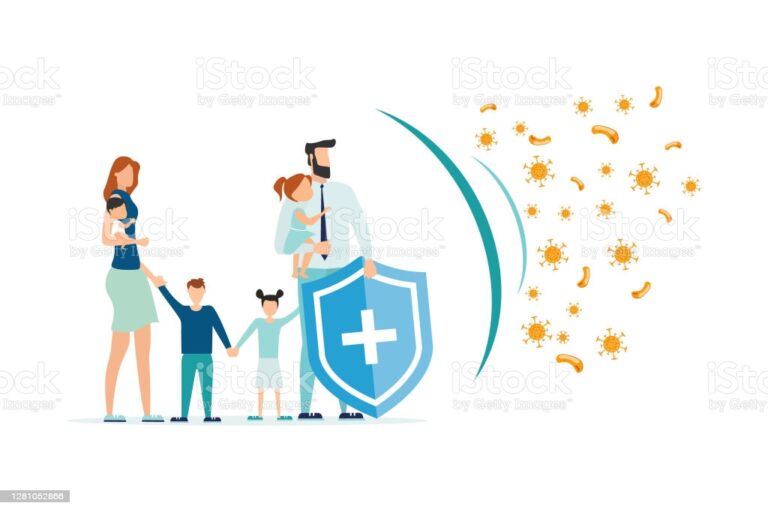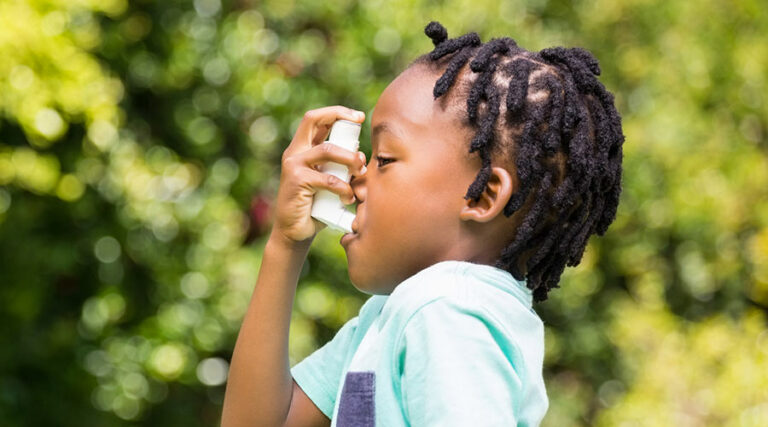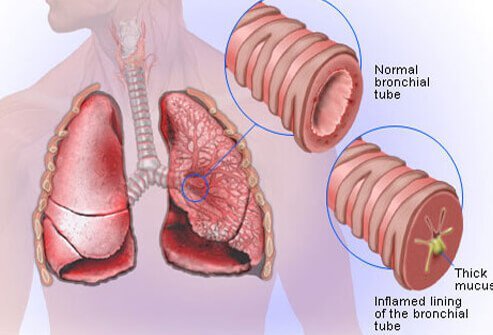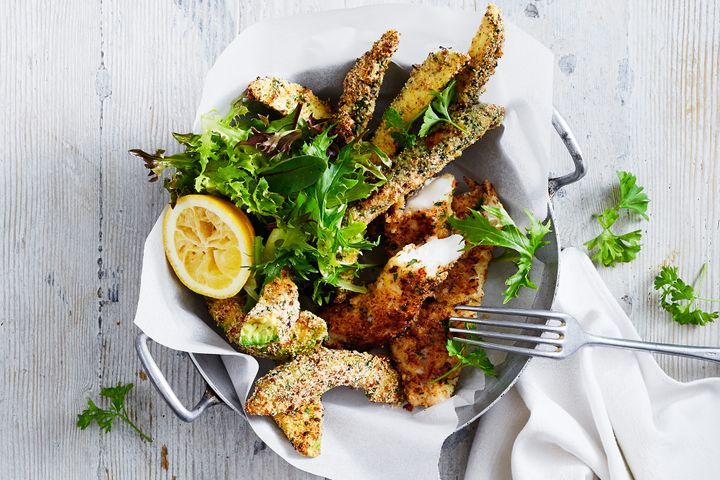Lungs: How to Expand the Breathing Capacity
Author: Alvin
Alvin
Category: Fitness

What Is the Difference Between a Lung and a Respiratory System?
Our lungs and respiratory system are responsible for providing us with oxygen. They provide oxygen to our bodies through breath or exhalation and remove carbon dioxide from our systems (expiration or exhalation). Respiration is the exchange of oxygen and carbon dioxide that occurs during the process of breathing.
What is the purpose of having lungs?
Every cell in your body requires oxygen to function properly. The presence of oxygen and other gases in the air that humans breathe. As soon as oxygen enters the lungs, it is carried to the bloodstream and dispersed throughout the body. Each cell in your body performs an oxygen exchange in return for a waste gas known as carbon dioxide. The waste gas is then transported back to the lungs by the circulatory system and removed from the body. Your lungs and respiratory system do this critical function, referred to as a gas exchange, on an automated basis without your intervention.
In addition to gas exchange, your respiratory system is responsible for several other vital functions in the process of breathing. The following are examples of such things:
Air conditioning consists of heating and hydrating the air to the proper body temperature and maintaining it at optimal humidity.
Keeping your body safe from harmful pollutants is important. Coughing, sneezing, filtering, and swallowing are all methods of accomplishing this goal. It is positively supporting your sense of smell.
Components of the Respiratory System and their Function
Airways
- SINUSES are hollow chambers in the skull bones above and below the eyes connected to the nose by small openings. SINUSES are connected to the nose by small apertures. The sinuses are critical in regulating the temperature and humidity of the air that we breathe in.
- When accessing the respiratory system from the outside, the NOSE is the preferred route of entry. The hairs that line the inside of the nose’s wall are a vital part of the system that cleans the air that we breathe.
- The inhalation of air through the MOUTH is crucial for people who have a mouth-breathing habit or whose nasal passages are momentarily clogged by a cold or while participating in vigorous physical activity.
- When you breathe in through your nose or mouth, the THROAT collects the air and guides it down to the windpipe (trachea).
- The WINDPIPE (trachea) is a tube that connects the throat to the lungs and allows air to flow through it.
- After being divided into two BRONCHIAL TUBES, one for each lung and then into lobes of the lung, the windpipe returns to its original position in the chest.
System of the Lungs and Circulatory System
The right lung divide into three LOBES, which are sections. Each lobe fills with sponge-like tissue that expands to the size of a balloon. The bronchial tube branch is the only entrance that allows air to enter and exit the body.
Your left lung is bipolar, comprised of two LOBES on either side of the heart.
These two membranes surround and separate each lobe of the lungs from the chest wall, known as the PLEURA.
During this motion, MUCUS (sticky phlegm or liquid) is propelled upward and out into your throat, where you swallow. The majority of the dust, bacteria, and other foreign matter that has invaded your lungs is trapped and retained by mucus. When you cough, sneeze, clear your throat or swallow, you are removing this chemical from your system.
BRONCHIOLES are the tiniest branches of the bronchial tubes, and they terminate in the air sacs or alveoli of the lungs.
ALVEOLI are the microscopic air sacs in which oxygen and carbon dioxide exchange their gaseous contents.
Capillaries are blood veins within the alveolar walls of the lungs. Blood flows through capillaries, entering the body through the PULMONARY ARTERY and exiting through the PULMONARY VEIN. Capillary blood excretes carbon dioxide into the alveoli while also absorbing oxygen from the surrounding air in capillaries.
Bones and muscles are two types of tissue.
The strong muscle wall that separates your chest cavity from your belly is known as the DIAPHRAGM. As it descends, it causes suction in the chest, allowing air and the lungs to expand.
The ribs are the bones in your chest cavity that provide support and protection to the organs inside. It helps your lungs expand and contract more effectively when they move slightly.
What Are the Different Components of the Respiratory System?
The respiratory system comprises the nasal passages, the mouth, the throat, the voice box, the windpipe, and the lungs.
The respiratory system delivers air to the body through the nose or mouth. When the device is put into the nostrils, it warms and humidifies the air.
Cilia are microscopic hairs that protect the nasal passageways and other sections of the respiratory system by filtering out dust and other particles that enter the nose through inhaled air. Cilia found in the nasal passageways and other areas of the respiratory system.
The pharynx, or throat, place behind the nose and mouth and connects the two openings to the airway (nasal cavity and oral cavity). Because it conveys both food and air, the pharynx considers being a member of both the digestive and breathing systems.
A tiny flap of tissue called the epiglottis protects the air-only pathway via which food enters the lungs when we swallow, keeping them free of food and drink.
The larynx, often known as the voice box, is the section of the air-only pipe positioned at the top of the throat. This little tube contains a pair of vibrating vocal cords that can be heard vibrating.
The Respiratory System made of many different components
The trachea, sometimes known as the windpipe, is the continuation of the airway below the larynx. To keep the trachea open, the walls of the trachea reinforce with thick cartilage rings.
The lower end of the trachea, it divided into two sections: a left trachea and an appropriate air tube called a bronchus, which connects to the lungs. Within the lungs, the bronchi divide into smaller bronchi and even smaller tubes known as bronchioles, further divided into smaller bronchi.
When the bronchioles come to an end, they form tiny air sacs known as alveoli, which are the true sites of oxygen and carbon dioxide exchange. Each person’s lungs contain hundreds of millions of alveoli, which are tiny sacs of air. The bronchial tree is a network of alveoli, bronchioles, and bronchi that helps to transport air through the body.
Aside from that, the lungs have elastic tissues, which allow them to expand and contract without losing their original shape. They protect by a thin lining known as the pleura.
The ribs and their associated muscles make up the top and sides of the thorax, while a large muscle known as the diaphragm makes up the bottom of the thorax. The lungs and other contents of the chest cavity protect by the chest walls, which act as a protective cage.
In what ways do the lungs and the respiratory system serve a purpose?
The cells in our body require oxygen to survive. As our bodies conduct their duties, carbon dioxide produces by the cells.
The lungs and respiratory system allow the body to take in oxygen from the air while also exhaling carbon dioxide from the air breathed into the lungs and respiratory system.
When you inhale, the diaphragm falls toward the abdomen, and the rib muscles raise the ribs higher and outward, creating a rib cage.
As a result of exhaling, the diaphragm rises, and the chest wall muscles relax, resulting in a smaller chest cavity that pushes air out of the respiratory system through the nose or mouth.
What is the procedure?
Each inhaler delivers air to a significant fraction of the millions of alveoli in the body every few seconds. The capillaries (small blood vessels) that border the alveolar walls are responsible for the diffusion oxygen from the alveoli into circulation. As soon as oxygen absorbs into the bloodstream by hemoglobin in red blood cells, this oxygen-rich blood returns to the heart, which then pumps it through blood vessels to the body’s oxygen-hungry tissues.
Through the tiny capillaries of the body, oxygen is freed from hemoglobin and delivered into the cells. Cells produce carbon dioxide as they work through capillaries, where it dissolves and excreted by the kidneys. Through the veins, the carbon dioxide-rich blood return to the heart for processing.












